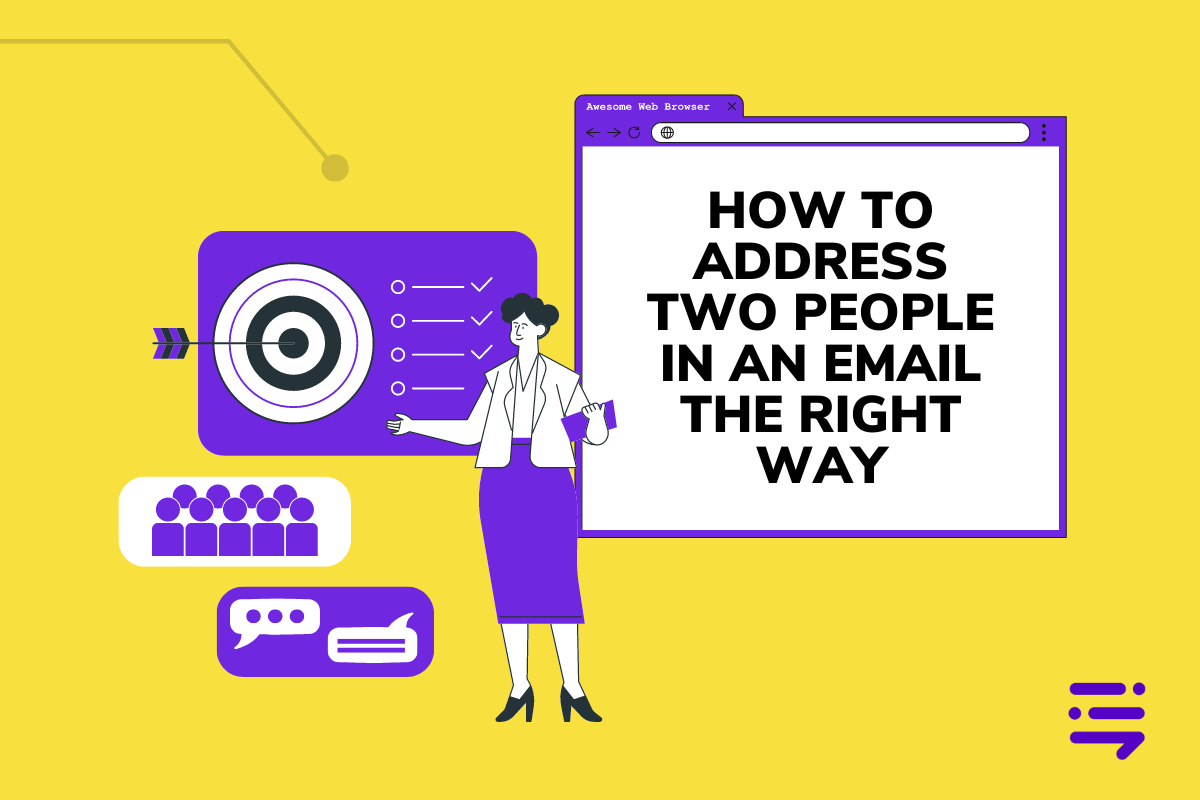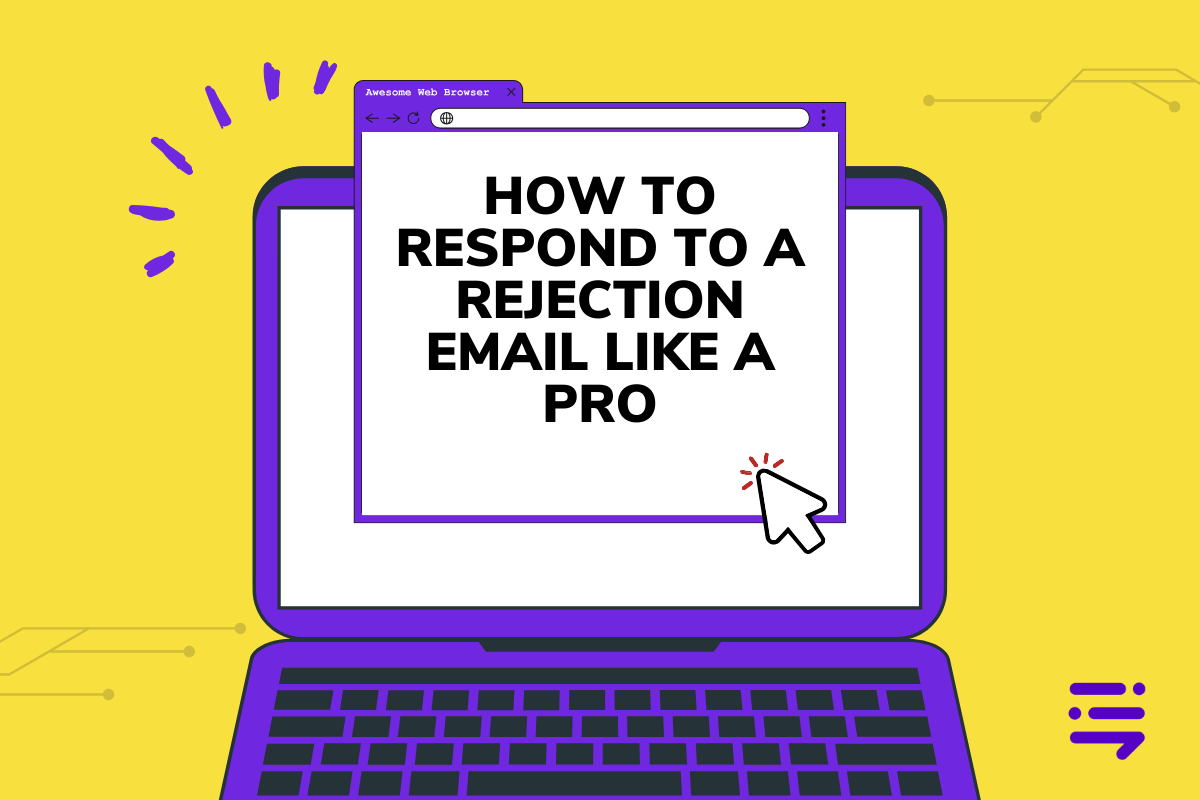
Strategic Scheduling: Maximize Ad Reach by Timing Ads Optimally #Scaling
Guide digital marketing strategists on effectively using ad scheduling to maximize ad reach and impact by explaining the concept, outlining steps to create an ad schedule, advising on aligning with target audience's peak activity times, and providing insights on monitoring and analyzing performance for data-driven adjustments. This prompt will help strategists optimize their ad campaigns and achieve better results through strategic ad scheduling.
Related Blog Articles

Fueling the Hustle: 105 Motivational Quotes to Power Up Your Workday
Let’s face it — staying motivated at work isn’t always easy. Some days we’re energized and ready to take on the world; other days, the struggle is real. That’s where a little extra inspiration can make all the difference. Whether you’re chasing deadlines, pushing through projects, or aiming for that next promotion, the right words […]

The Ultimate Guide to Freelance Writing Jobs (+45 Best Freelance Writing Platforms)
In today’s digital age, freelance writing has emerged as a dynamic and lucrative career path, offering individuals the freedom to express their creativity while earning a living. With the ever-growing demand for high-quality content across various industries, businesses are increasingly seeking skilled writers to convey their messages effectively. From blog posts and articles to marketing […]

The Myths (and Truths) Around Building a Business From Scratch
You probably already know this… Building a business from scratch will not be easy. But you CAN make it simpler for yourself — even if you’re starting from nothing like I did. It pains me to my core to see so many would-be-amazing businesses fall flat… from believing lies. But the truly crazy part is […]

How to Address Two People in an Email The Right Way
Learn how to address two people in an email with proper etiquette. Discover tips for formal and informal emails, and examples to help you get it right.

How to Respond to a Rejection Email Like a Pro
Learn how to respond to a rejection email with grace and professionalism. Our tips will help you leave a positive impression and keep doors open.

How to Create a Group Email in Gmail: A Quick & Easy Guide
Learn how to create a group email in Gmail with our simple step-by-step guide. Save time and streamline your group communication today!

